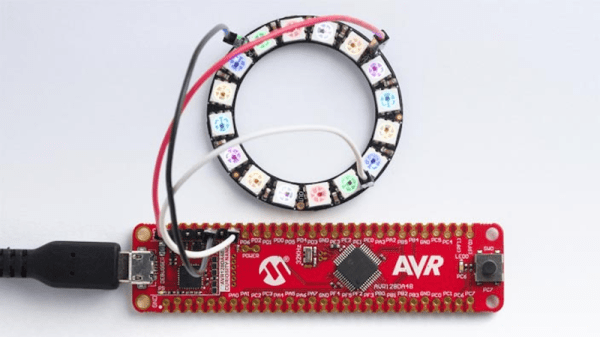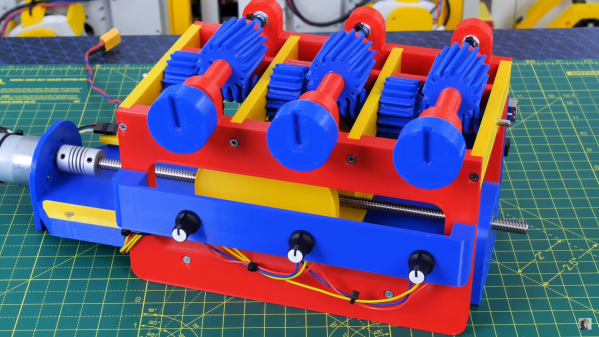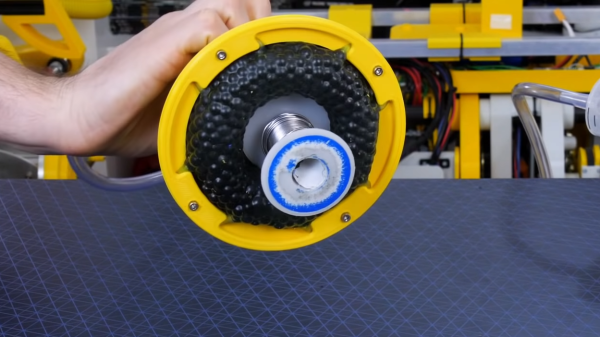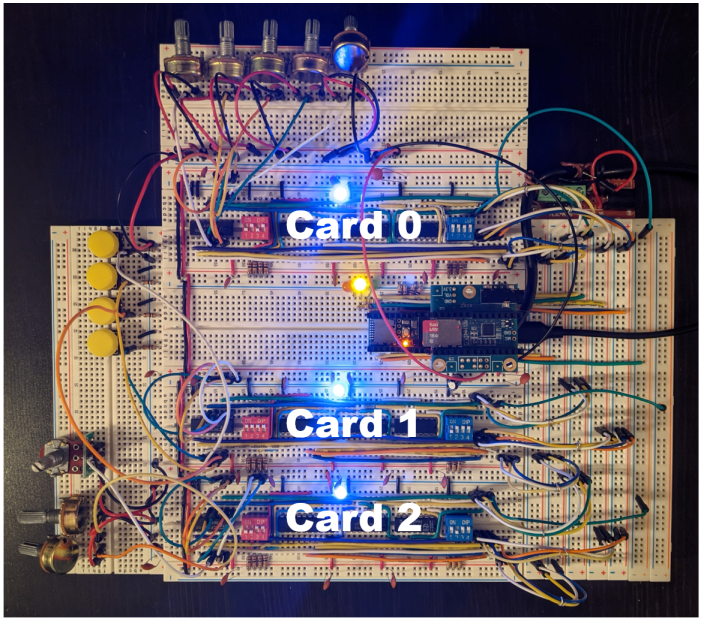For many people, Lego is their first entry into the world of engineering. With the Technic line of building blocks complete with all manner of gears and shafts and wheels, there’s a ton of fun to be had while learning about the basic principles of mechanical things. The [Brick Experiment Channel] takes Lego quite seriously in this context, and has collected data concerning the performance of a variety of Lego wheels and tracks.
The testing setup is simple. A small vehicle is fitted with a particular set of Lego wheels or tracks. Then, it’s placed on an inclined wooden board. The angle of inclination is then increased until the vehicle neither climbs the board nor slips down it. This angle can then be used to calculate the coefficient of friction of the given tyre or track set. [Brick Experiment Channel] filmed this testing and collected data on 33 different wheel and track combinations, publishing it in the description of the Youtube video.
Interestingly, the date of release of the various parts is recorded with the data. This is interesting as one would expect older rubber parts to lose grip with age, however, the release date of the parts obviously does not correspond with the manufacturing date, so the utility of this is somewhat unclear. There’s also some surprising results, with what appear to be soft, flat and smooth rubber wheels performing somewhat worse than those with curved profiles that you’d expect to have less contact patch. Regardless, it’s the best data we’ve ever seen in this field and we think it’s great that it was collected and shared with the broader Lego community. We look forward to seeing more of this in future, as it’s obviously something of great use to builders. We can imagine it would have proved handy when [Brick Experiment Channel] built their obstacle climbing rover. Video after the break.
Continue reading “Lego Wheels And Tracks Benchmarked For Your Pleasure”




















